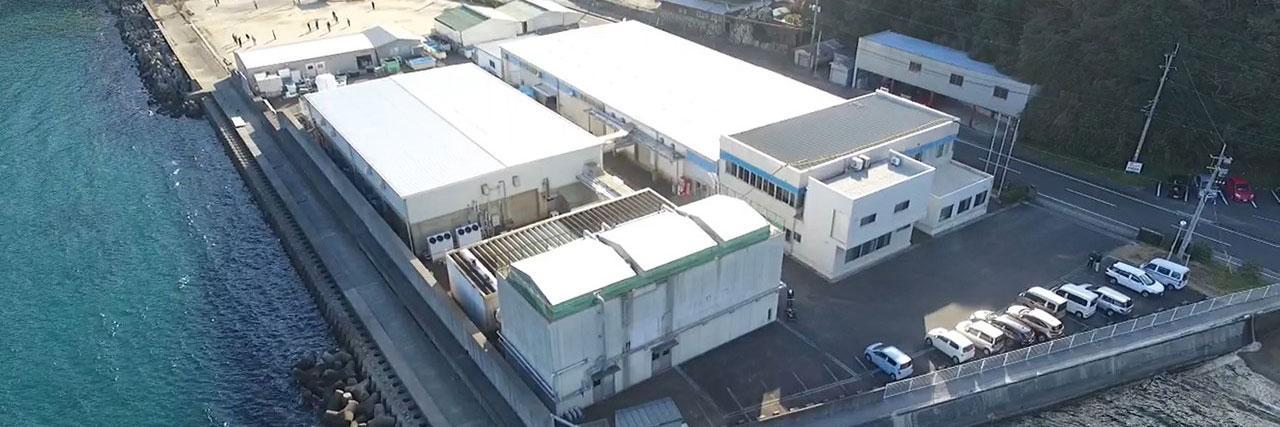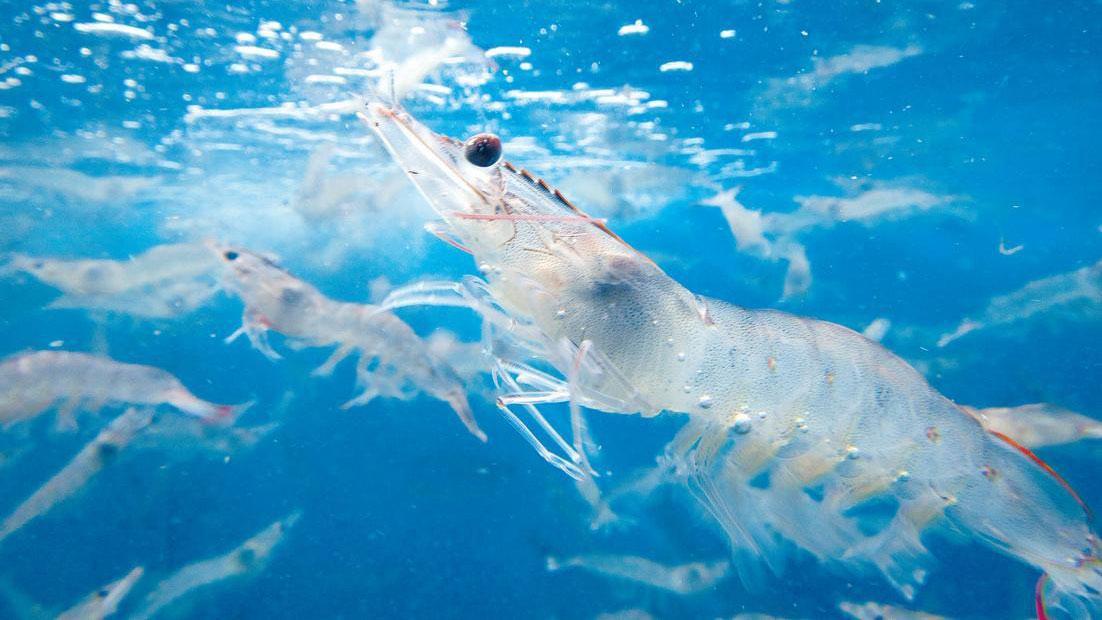
The Oita Marine Biological Technology Center is an R&D institution set up in 1994 to promote the aquaculture business both in Japan and abroad. The Center specializes in aquaculture R&D for sustainability of marine resources, handling a broad range of issues ranging from cutting-edge basic research to cutting edge R&D to apply at the business level.
Distinctive Features and Advantages of the Oita Marine Biological Technology Center
A Prime Location for Aquaculture Research
Situated in Saiki City, Oita Prefecture, the Center benefits from its location in a sheltered coastal bay, characterized by calm waters and a natural environment less affected by factors such as water temperature, water quality, and natural disasters. These favorable conditions provide an ideal setting where approximately 30 researchers and support staff can consistently and effectively conduct aquaculture research within their respective fields.

Cutting-Edge Research Areas
(1) Research on artificial juveniles and breeding to achieve sustainable aquaculture and improve the quality of farmed fish.
(2) Development of safe, highly productive, and environmentally friendly land-based aquaculture technologies.
(3) Health management research to stabilize aquaculture production.
The Center focuses on advancing aquaculture technology for fully farmed species, creating systems that minimize environmental impact, and exploring innovative new aquaculture species with high originality.

Pioneering Land-Based Aquaculture
To reduce environmental impact and ensure a stable supply of high-quality marine products, the Center is actively involved in land-based aquaculture. This includes conducting Japan's first large-scale proof-of-concept test for recirculating aquaculture of mackerel and launching a whiteleg shrimp land-based aquaculture business in 2023.

